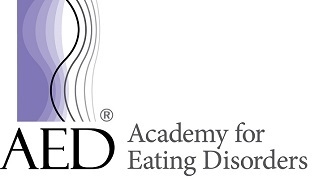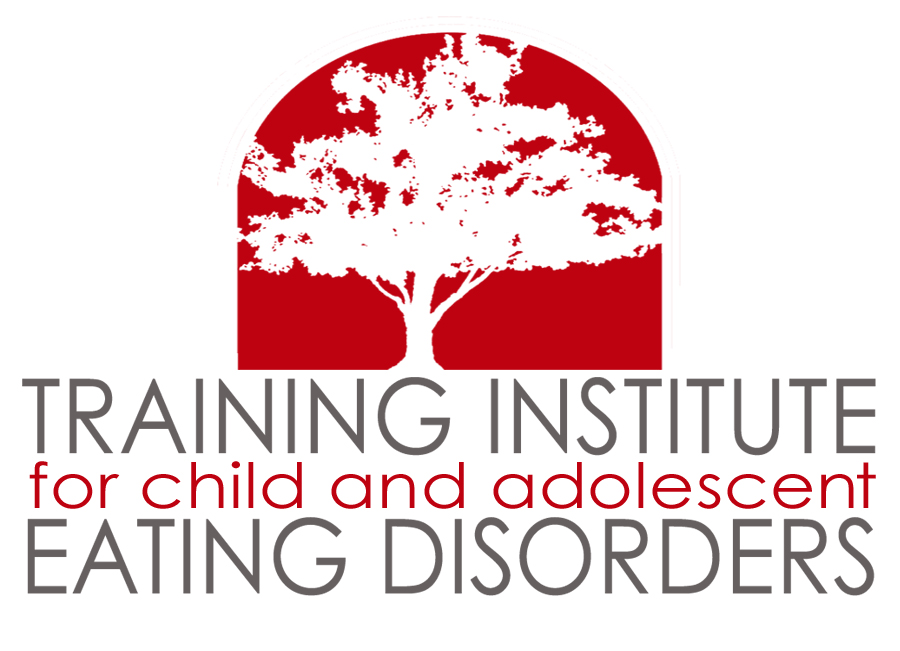Separation Anxiety Disorder
Separation anxiety disorder is the most common pediatric anxiety disorder. It is typically found in children and can precede other symptoms or mental health issues in adolescence and adulthood. Separation Anxiety is rooted in normal development and is typically outgrown by age three, but there are some cases of adolescents and even young adults displaying symptoms. This disorder is most commonly characterized by extreme, frequent distress at the prospect of being away from home or their parents. Sometimes this fear is supplemented by fears about losing parents to illness or being taken away by kidnappers. Children will also refuse to be away from home, refuse to be home alone without a parent, and may even experience nightmares or physical symptoms (headaches, stomachache) when faced with the prospect of being separated.
Separation Anxiety in Children
There is a large body of work spanning decades suggesting that how children are cared for in their first 5 years can have a large effect on their interpersonal interactions with peers and partners both early and later in life. This work implicates separation anxiety often in its findings. However, separation anxiety can also impact children’s interactions with themselves, notably through self-image. When a toddler feels anxious about their connection to their parents, such that they worry about the concept of the parent leaving, that feeling can bleed into other areas of their life as the circle of things they need or interact with becomes larger.
As always, eating disorders that have roots in separation anxiety are often built on stress and pressure surrounding meal time. Even young children, down to even age five, have a sense of self image and a serious understanding of the effect food can have on the body. Pediatric eating disorders can also be catalyzed by things like bullying at school and choking instances, further connecting the bridge between pediatric anxiety and eating disorders.


Separation Anxiety in Adolescents
While it is certainly most common that separation anxiety is grown out of in childhood, it is by no means always the case. It is estimated that around 3% of 12-14 year olds are diagnosed with separation anxiety, with that number decreasing to 1.6% in 14-16 year olds. While this does not represent a high percentage, this amounts to over 1 million adolescents suffering from this condition.
Teens with separation anxiety often express apathy about leaving the house or going to social events, even when they often won’t admit to the source of that apathy being leaving their parents. They may also express overwhelming fear about something happening to their loved ones or themselves, which keeps them separated indefinitely or permanently. They may refuse to sleep away from home or even complain of physical symptoms like head or stomach aches when confronted with the prospect of leaving home.
While often residual from untreated separation anxiety in childhood, this is not always the root cause for teens. Separation anxiety can also be brought on by the sudden death of a loved one, intense chronic stress, natural disasters and global pandemics. The effects of this disorder if left untreated can also affect patients into adulthood.
Separation Anxiety in Adults
Adult separation anxiety looks very similar to that of adolescents. Adults may experience intense sadness or fear when away from loved ones. They may have difficulty concentrating and can even have panic attacks as a result. Adults with separation anxiety may become social recluses, or else have persistent issues with socially derived anxiety.
The causes for adults can be the same as teens: death of loved ones, traumatic environmental effects. But there are also sufferers for whom treatment was never an option, or never fully pursued. In fact, it is likely that due to the low percentage of people diagnosed, and the illness’s similarity in symptoms to other disorders, many additional people have trouble being correctly diagnosed.

Separation Anxiety as a Precursor to Eating Disorder

All of this information is to reiterate that early recognition and treatment is crucial to effective recovery from disorders of both eating and anxiety. Anxiety surrounding leaving the parents or leaving loved ones can quite easily develop into anxieties about other, or multiple, sources. For example, research suggests that separation anxiety can be a powerful predictor of anorexia and agoraphobia in teenagers and adults. The basic mechanism suggested by this is that specific anxieties can grow or fester over time if left untreated, affecting other, possibly more general aspects of a child, adolescent, or adult’s life.
By identifying early potential precursors, like separation anxiety, parents and clinicians can lay the best ground work to construct effective coping mechanisms for other, associated issues down the developmental road. Often, skills learned in CBT, DBT, or exposure therapies can also be applied to a myriad of conditions which further strengthens the patient’s ability to endure and thrive when faced with new symptoms or issues.
When these conditions are not effectively treated, they can make downstream symptoms and conditions that develop more difficult to get ahead of. It is entirely common, and in some instances likely, that an adult with an eating and/or anxiety disorder was once a teenager with an eating and/or anxiety disorder who never quite got the full help they might’ve needed.
How do I begin?
Our team is dually and expertly trained in the Treatment of Eating Disorders and DBT for Mental Health. Our Evidenced-Based approaches include FBT, CBT-E, DBT-ED, and Comprehensive DBT for co-occurring mental health conditions. Our outpatient practice has helped Children, Teens and Adults achieve full Eating Disorder Recovery and Mental Health Stability for over 25 years.
1
Schedule your 15 minute free phone consultation
This phone screening is highly confidential to help determine if coming to the Resilience practice is the best course for you or your loved one.
2
Complete an Expert and Comprehensive Intake
During your intake appointment we will gather more information to identify your stressors and needs. And work with you to develop your resilience treatment plan.
3
Get connected with Your Personalized Care Team
Meet with a practitioner to get started on your journey of healing and wellness you know you deserve.









